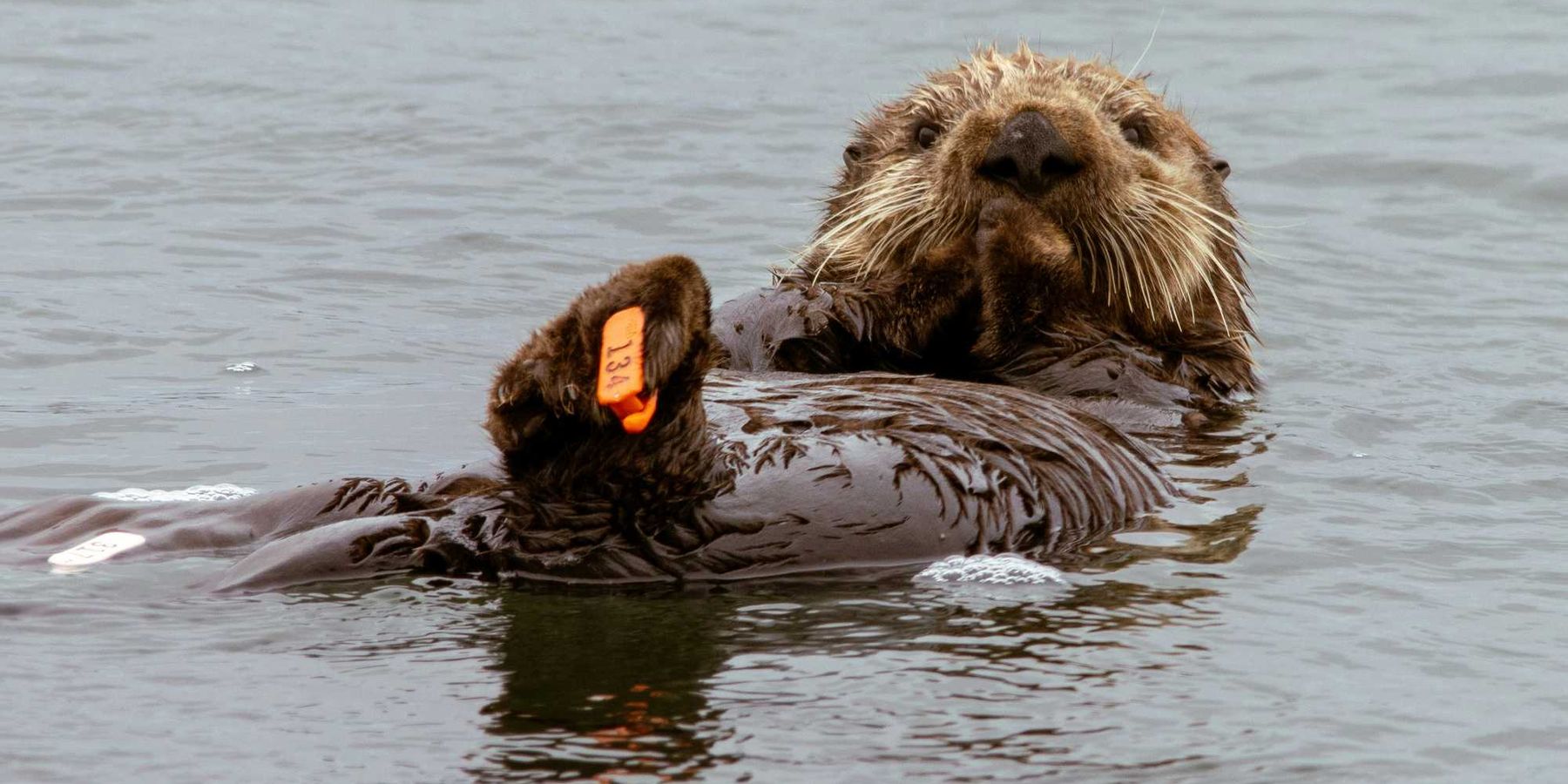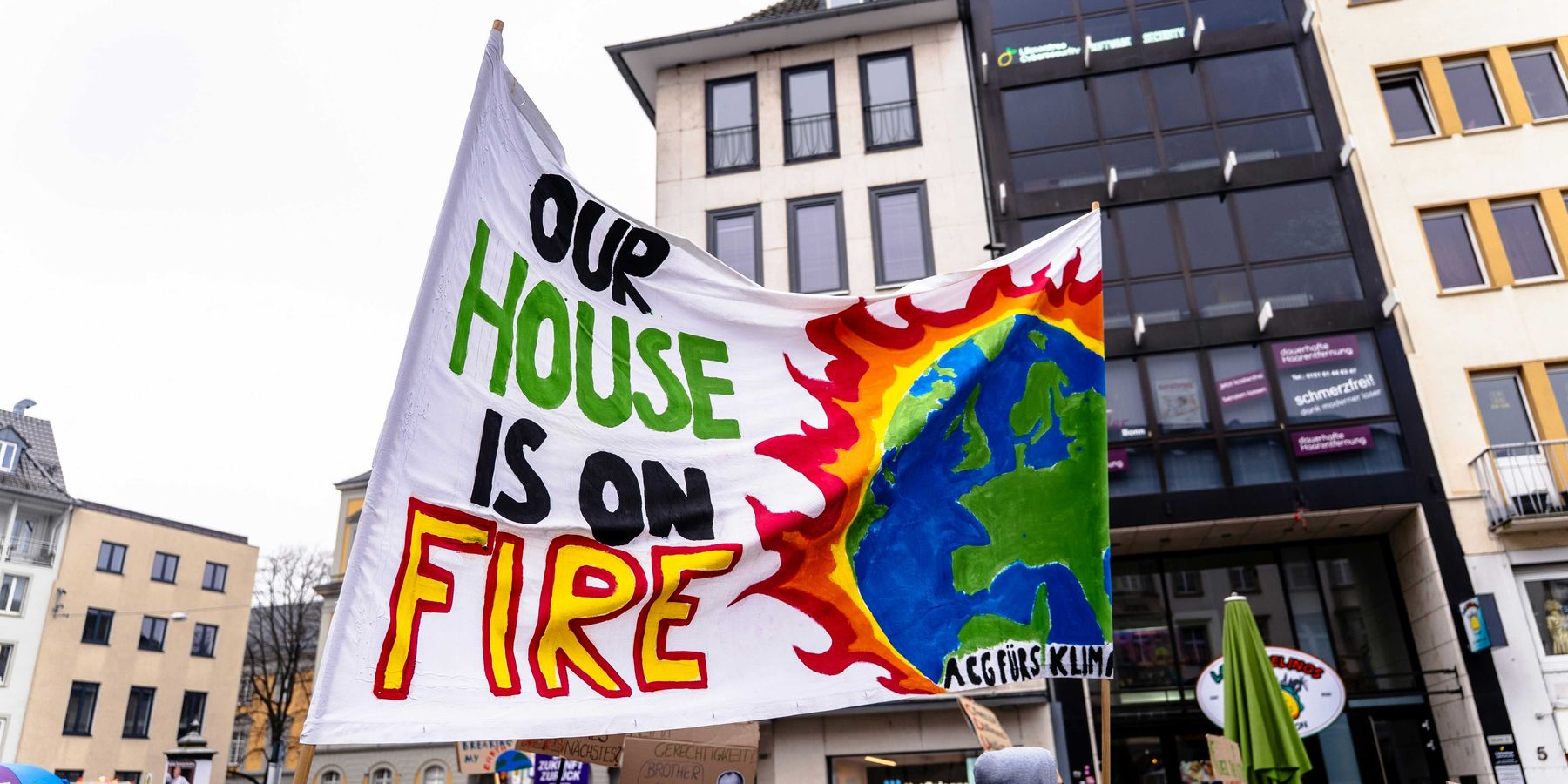Most North American bird species are declining as once-safe habitats falter
Bird populations across North America are plummeting, with three-quarters of species in decline even in their most stable habitats, according to a new study.
Dino Grandoni reports for The Washington Post.
In short:
- A comprehensive study found that 75% of North America’s bird species declined between 2007 and 2021, including many that were once abundant.
- Habitat loss from farming, coastal development, climate change, and pesticide use are driving declines, even in previously safe areas.
- While overall trends are bleak, some localized bird populations are stable or growing, offering insight for future conservation efforts.
Key quote:
“Those locations where species were once thriving, and where the environment and habitat was once really suitable for them, are now the places where they’re suffering the most.”
— Alison Johnston, ecological statistician, University of St. Andrews and lead researcher of the study
Why this matters:
Birds serve as vital indicators of environmental health. Their decline reflects the widespread degradation of ecosystems that also support human life. As habitats vanish under the pressures of agriculture, urban development, and climate change, the intricate balance sustaining both wildlife and people unravels. The rollback of environmental protections—such as those under the Migratory Bird Treaty Act—further threatens species survival. The weakening health of bird populations often parallels human environmental challenges, like worsening air quality and the spread of contaminants. Understanding and addressing these complex, interconnected threats is essential to protecting both wildlife and the human communities that share their habitats.
Related coverage:













